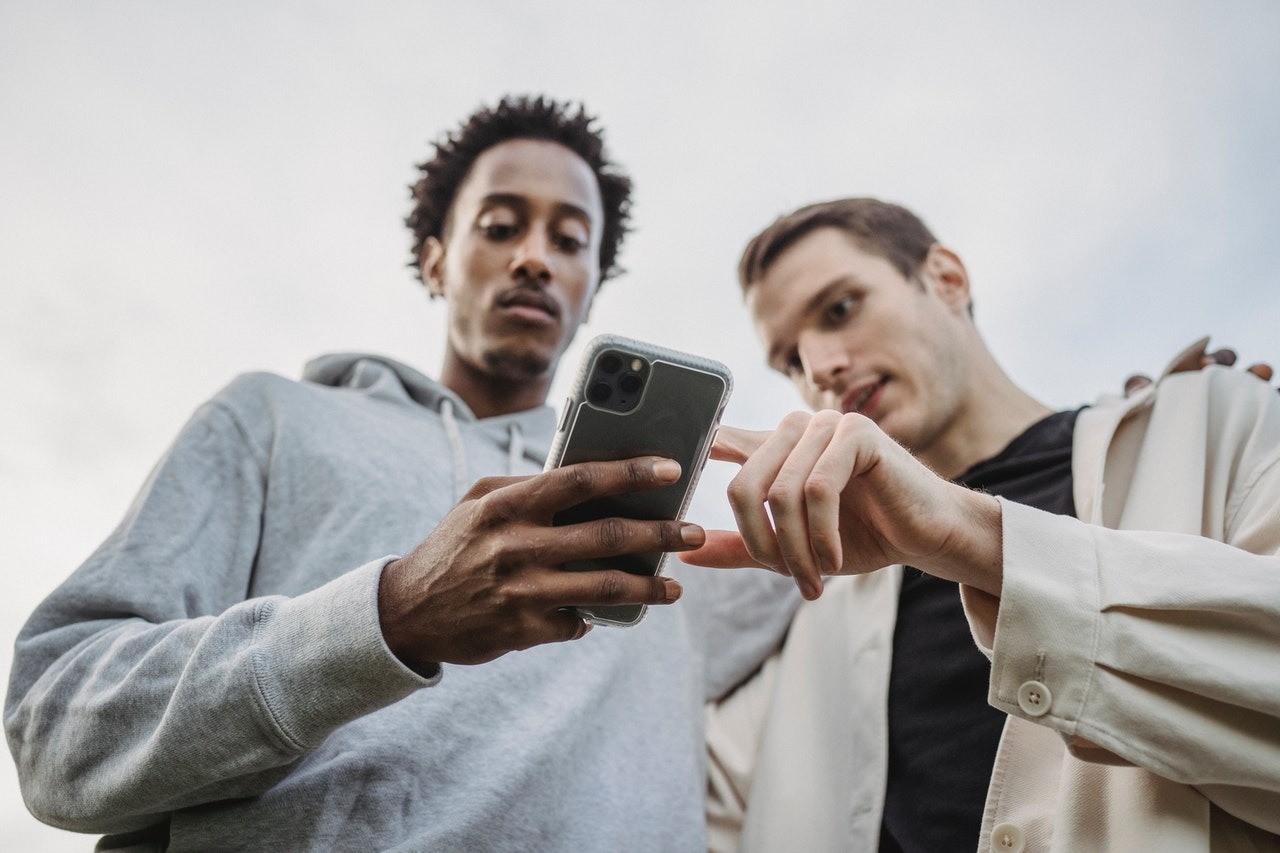Bullying has evolved as our technology has evolved.
Name-calling and wedgies have now given way for the ability to bully someone without ever even laying a hand on them or saying a word to their face. Just scratching the surface of what’s possible, bullies can send hurtful messages, spread rumours online, share humiliating ‘shopped images and doctored videos create fake online profiles and even websites and blog posts.
In our What Gen Z Actually Do Online report we found more than one-third of Gen Zs (37%) said they’ve been bullied or harassed online. If they haven’t been a victim themselves, young people still know it’s prevalent and know it’s happening around them. But where with physical bullying it’s obvious who the victim is, online it isn’t.
Due to the nature of the Internet this behaviour is difficult to control. The content spreads fast and isn’t easy to take down. Unfortunately, the generation who spends the most time socialising online is also the most susceptible to cyberbullying and it has real consequences.
“In years 6 to 7 I was cyberbullied online through direct messages on Instagram,” an 18-year-old male from Western Australia told us.
“This eventually spread to a hate group-chat being made about me which put me in a very bad spot. I was diagnosed with anxiety and depression because of this event and had to move schools that same year.”
When we asked them where they had been bullied online, 25% said they had been bullied on Instagram making it the worst app for online bullying. Instagram is also Gen Z’s most used social media app, with 89% of Gen Zs using it regularly.
Here is the full list of the worst apps for online bullying in Australia compared to how many young people use these apps on a regular basis:
- Instagram – 25% (used by 89% of Gen Zs)
- Snapchat – 19% (used by 75% of Gen Zs)
- Facebook – 11% (used by 56% of Gen Zs)
- TikTok – 7% (used by 60% of Gen Zs)
- Twitter – 3% (used by 20% of Gen Zs)
Knowing this takes place, Instagram has been developing anti-bullying features and tools like automatically hiding comments that might be offensive and restricting content from bullies instead of blocking them as blocking can escalate to more abuse. It’s a start. But it still feels like the Wild West out there.
Even for those who aren’t bullied social media can still be stressful. Trying to take more control over their lives, 71% of Gen Zs told us that they had limited their time on social media before to improve their mental health.
But young people are mostly hooked on social media, a 16-year-old male from Victoria said.
“Online bullying and harassment has driven people to suicide because they can’t get off social media due to their addiction and they keep seeing people bully them on the media apps which makes them depressed and manic, this turns into a harsh cycle,” he said.
They are one of many who responded about the sobering facts of youth suicide (it’s the leading cause of death amongst Australians aged 15-24) and its connection to bullying.
“Even though they may be educated about these problems within school, this does not stop the attacks that continue to occur,” an 18-year-old female from Western Australia said.






